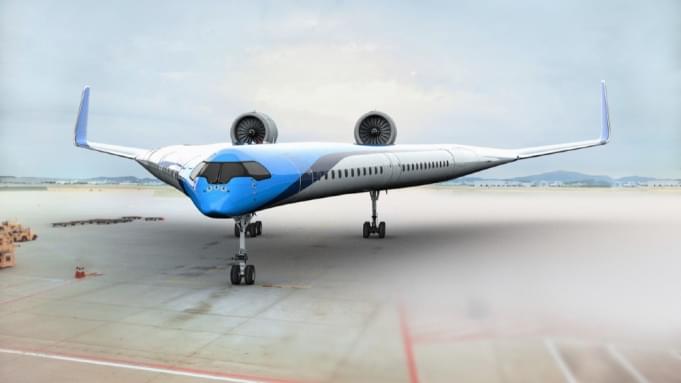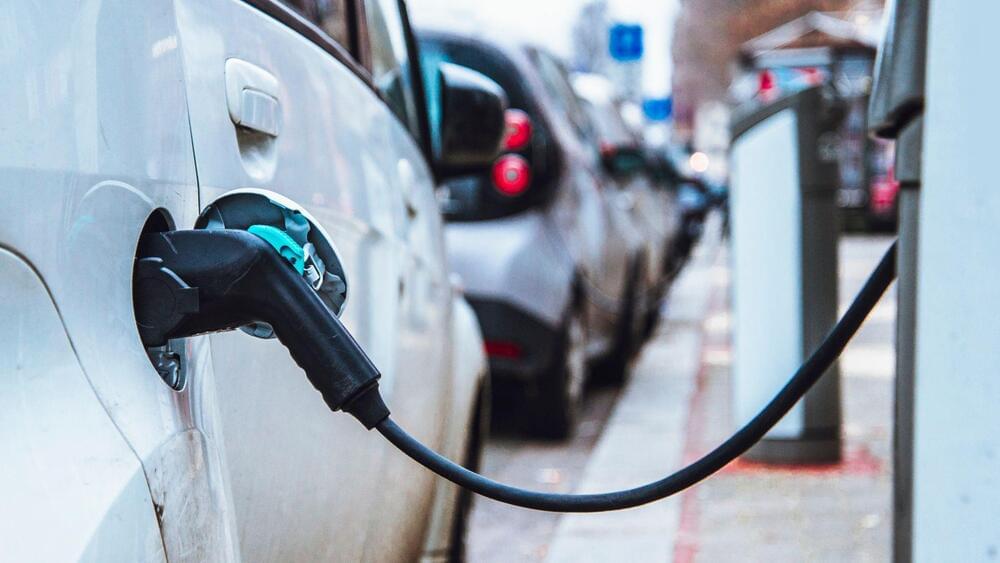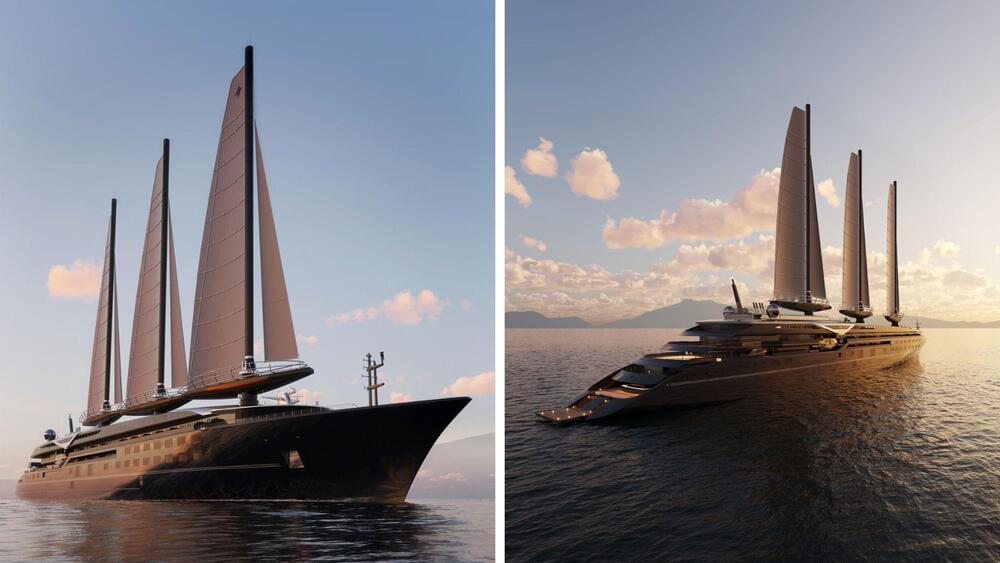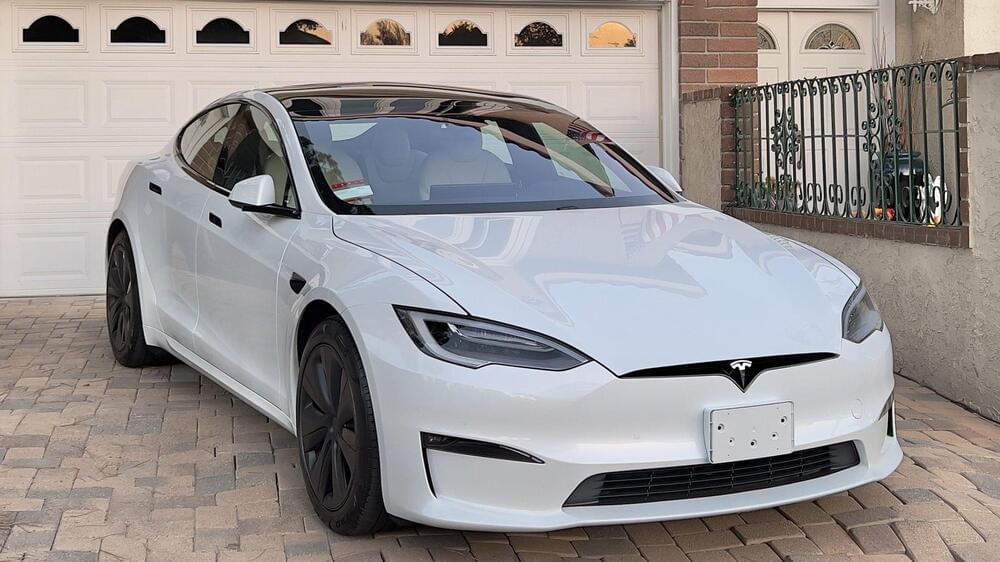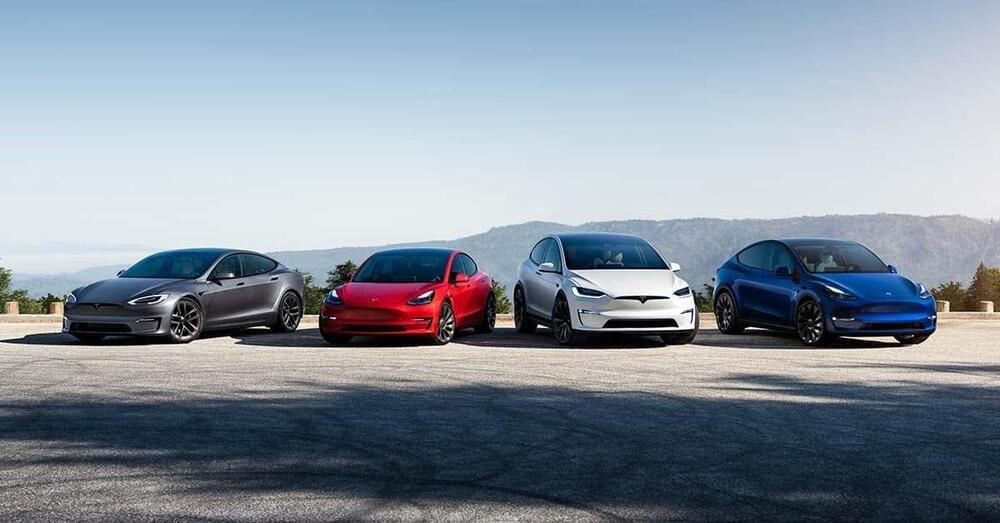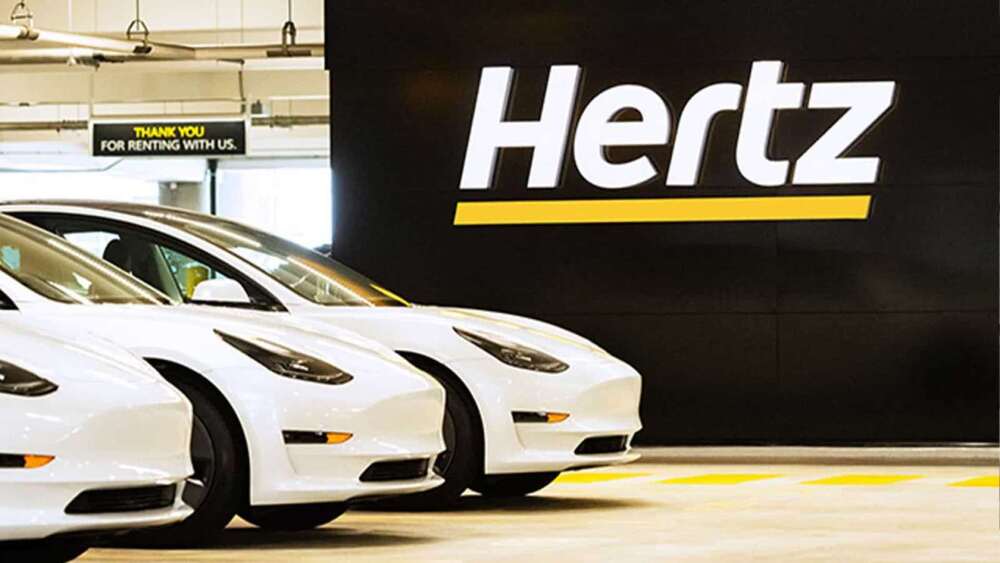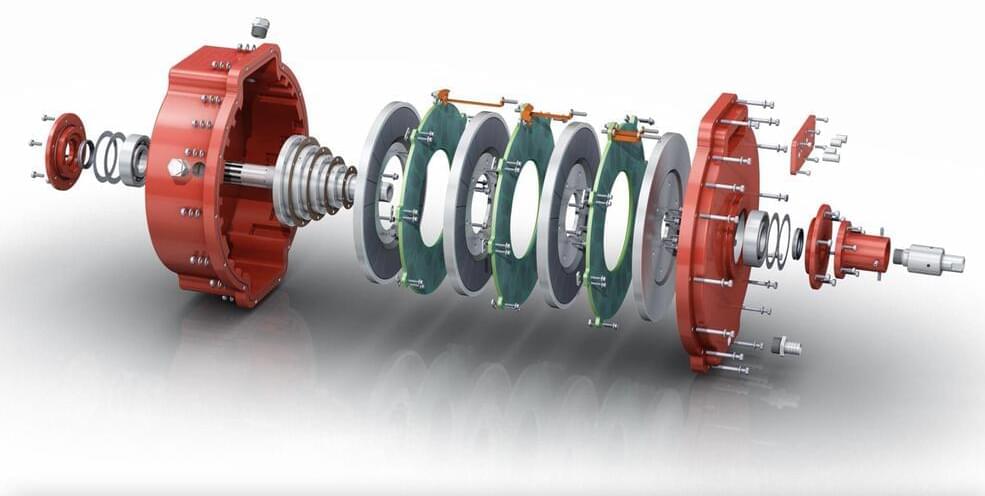Imagine you’re driving your Tesla, or an equivalent electric car, down the highway. Your battery is running low. Sure, you could pull off at the next exit and spend time, and energy, searching for a recharging station. Or you could simply change lanes and drive over special charging strips embedded in the road.
That’s the vision of Khurram Afridi, associate professor of electrical and computer engineering in the College of Engineering. He’s pioneering an innovative approach for the wireless charging of electric vehicles, autonomous forklifts and other mobile machines, while they remain in motion.
Cornell researchers are pioneering an innovative approach for the wireless charging of electric vehicles and other machines while they remain in motion.
